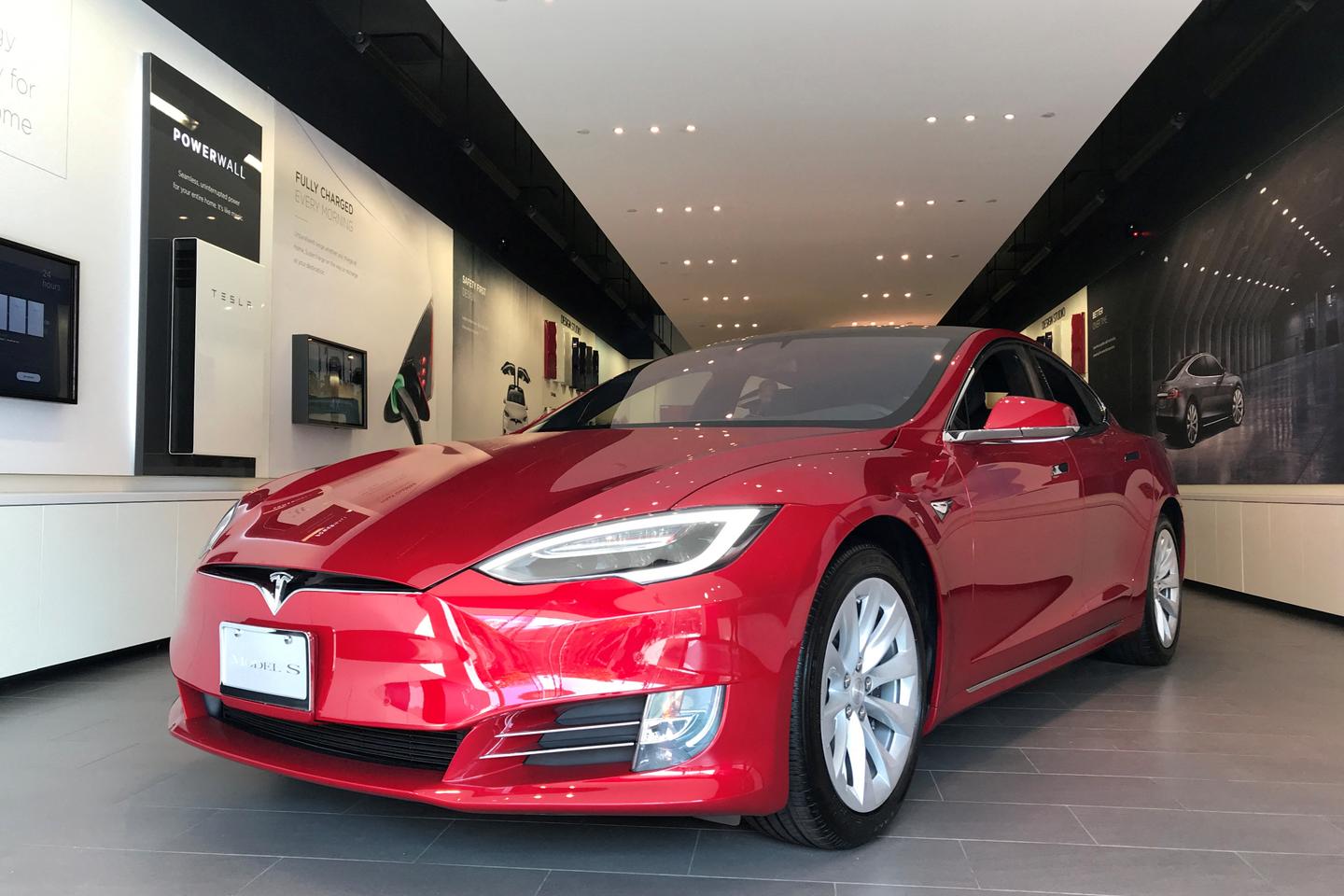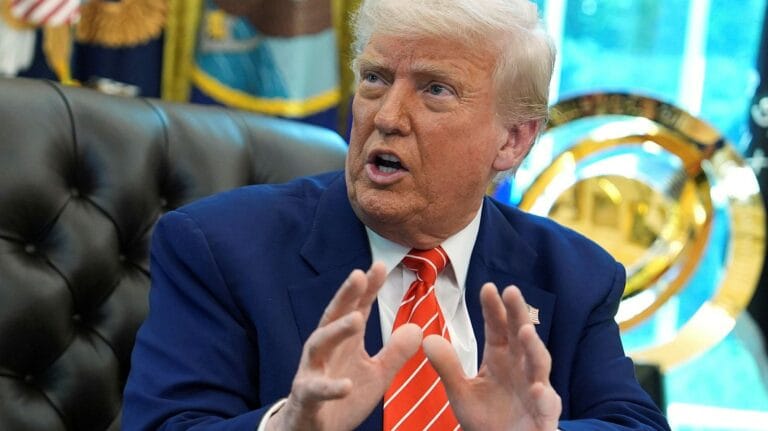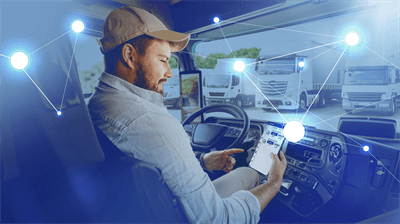In the United States, Tesla ordered to pay nearly $250 million for a fatal accident involving driver assistance.
Tesla Partially Liable in Fatal Autopilot Crash
The automotive industry likely received the verdict rendered on Friday, August 1st, with dismay. An American court has found Tesla partially responsible for a fatal accident in April 2019 involving one of its vehicles equipped with Autopilot, its driving assistance technology.
The Austin, Texas-based group, which has stated it will appeal, owes some $242 million, Darren Jeffrey Rousso of the Rousso Boumel firm, which represented the rights holders, told Agence France-Presse (AFP).
At stake in this case was the share of responsibility that falls on manufacturers – who are increasingly developing autonomous driving – and reckless drivers who rely on the assistance system during accidents.
The eight members of a jury decided on Friday, at the end of a trial in a federal civil court in Miami, Florida, to award the plaintiffs a total compensation of $328 million.
Mr. Rousso explained that the jury set Tesla’s damages at $200 million. The jurors also awarded $59 million to the rights holders of Naibel Benavides Leon – killed in the accident – and $69 million to her boyfriend Dillon Angulo – who was injured – for pain and suffering. Two-thirds of this sum is the responsibility of the perpetrator of the accident, and one-third is Tesla’s responsibility.
Impacted at Full Speed
According to the complaint filed against Tesla, the Chevrolet SUV in which the couple was stopped on April 25, 2019, in Key Largo, Florida, was hit at full speed by a Model S, due to not being detected by the Autopilot driving assistance system. The young woman, aged 22 at the time of her death, was thrown several dozen meters, the complaint continues. Dillon Angulo suffered fractures and a head trauma.
“Today’s verdict is a mistake and only sets back automotive safety, and threatens the efforts of Tesla and the industry [automotive] as a whole to design and implement life-saving technology,” the American manufacturer reacted.
The jury “concluded that the driver was largely responsible for the tragic accident,” but, Tesla continues, the elements of the file “proved that this driver was solely responsible because he was speeding, with his foot on the accelerator – which deactivated Autopilot – while he was trying to retrieve the phone he had dropped and without having his eyes on the road.”
The plaintiffs’ lead attorney, Brett Schreiber, acknowledged that the driver, George McGee, was negligent when he ran flashing lights, a stop sign, and an intersection at 100 km/h before hitting the parked vehicle in which the couple was located. But he argued that Tesla was at fault because its system allowed the driver to act recklessly and allowed him to take secondary roads for which it is not designed.
“I Had Too Much Confidence in the Technology”
According to Mr. Schreiber, Tesla’s decision to use the term Autopilot misleads people and endangers their lives because the system only helps drivers change lanes, slow down the vehicle, and perform other tasks, far from driving the vehicle itself. He supported his point by specifying that other automotive brands use terms like “driver assistance” and “co-pilot” to ensure that drivers do not depend excessively on the system.
“I had too much confidence in the technology,” said George McGee during his testimony. “I believed that if the car saw something in front of it, it would issue a warning and brake,” he explained.
Tesla’s lead attorney, Joel Smith, explained that the vehicle notified drivers to keep their eyes on the road and their hands on the wheel, but that George McGee chose not to do so by looking for a cell phone that had fallen into the passenger compartment. Mr. Smith concluded that the accident was the sole responsibility of the driver, noting that the latter had already crossed the same intersection dozens of times in his life without having an accident: “The cause [of the accident] is that he dropped his cell phone.”
“No car in 2019, and none currently, could have avoided the accident,” Tesla insisted. “It is a fiction concocted by the plaintiffs’ lawyers to blame the car when the driver – from day one – acknowledged and accepted his responsibility,” the manufacturer added.
During this complex trial, the plaintiffs’ lawyers claimed that Tesla had hidden or lost essential evidence, including data and videos recorded seconds before the accident. “We finally learned what happened that night, that the car was actually defective,” said the victim’s sister.
The verdict reignites the debate on the reliability of driving assistance systems and the responsibility of manufacturers in the face of fatal accidents. Numerous similar cases against Tesla have been dismissed, and when this has not been the case, they have been settled by the company to avoid being in the spotlight.
Le Monde with AP and AFP
Enjoyed this post by Thibault Helle? Subscribe for more insights and updates straight from the source.






